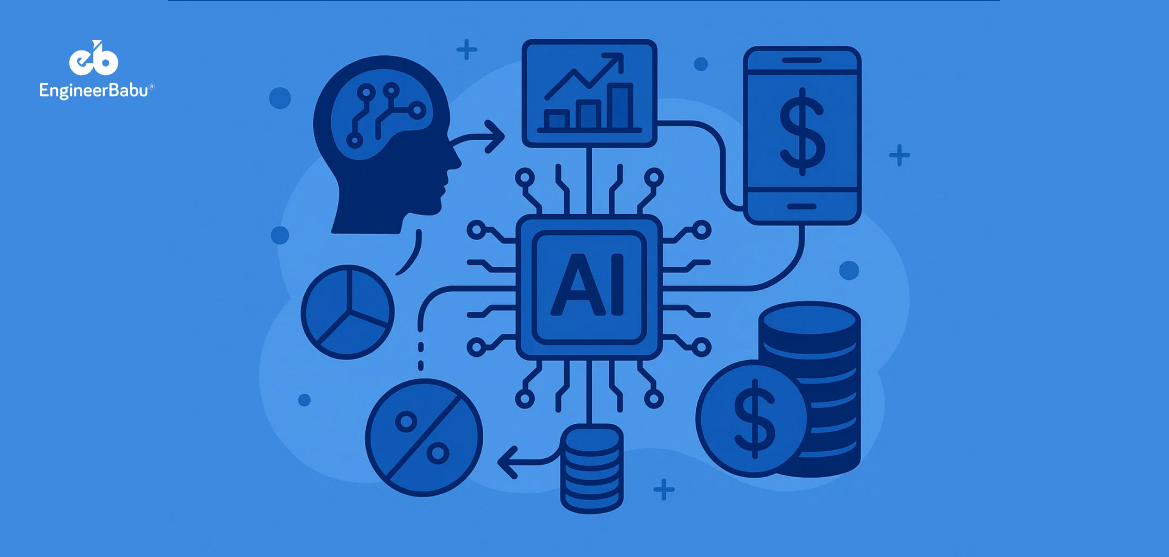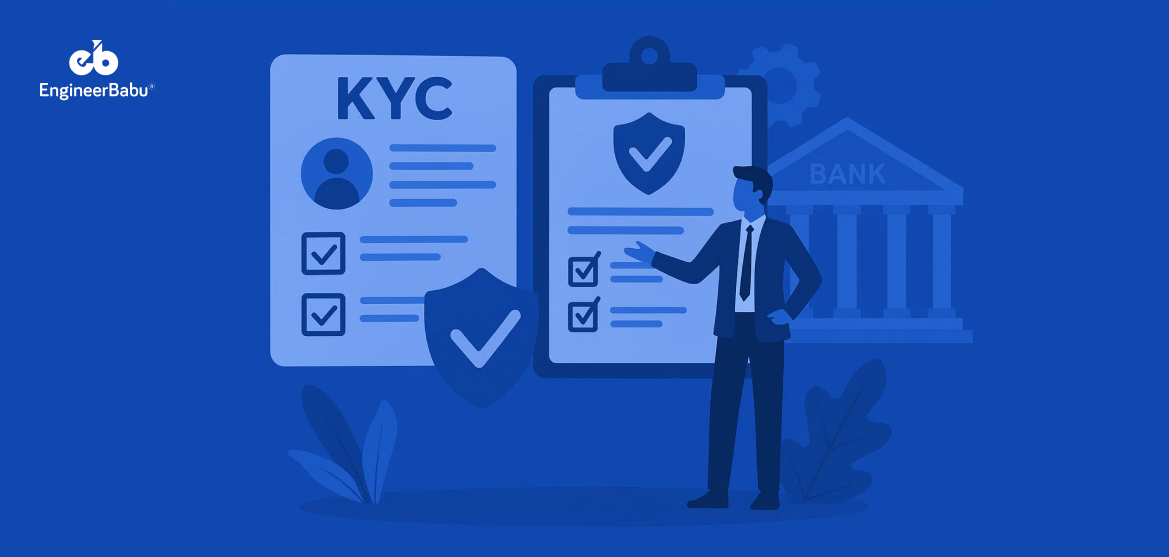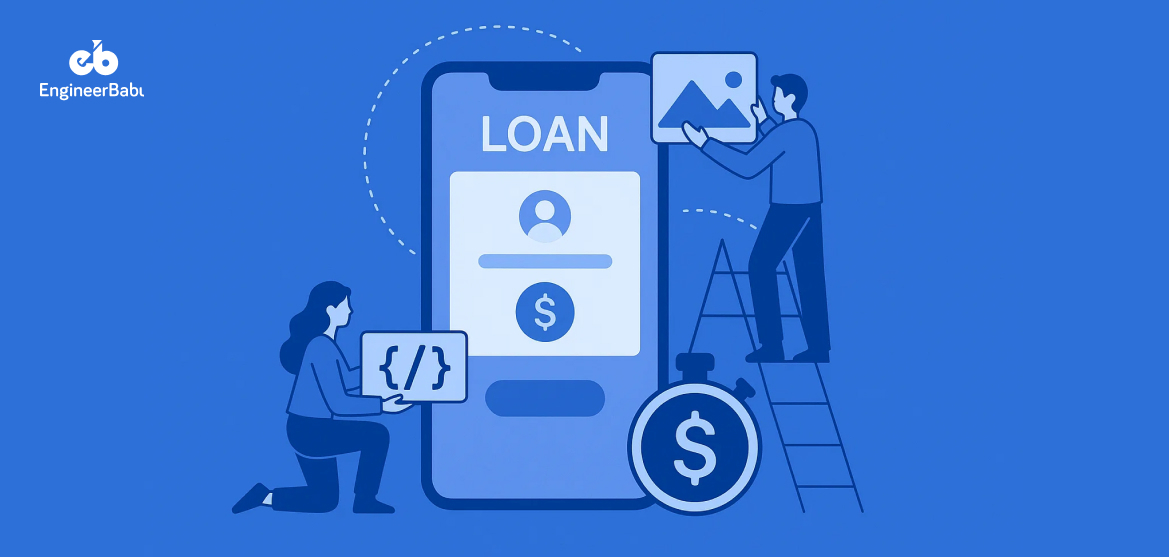From customer onboarding to credit risk assessment, financial services are being reimagined with the help of generative AI. What started as a tool for content creation is now shaping how fintech companies automate workflows, simulate market scenarios, and deliver hyper-personalized experiences.
And the momentum is real. The global market for generative AI in fintech was valued at $1.61 billion in 2024 and is projected to reach $2.17 billion by the end of 2025, growing at a 35% CAGR. Long-term projections put that number at over $6.2 billion by 2032.
Generative AI isn’t replacing humans. It’s helping fintech teams move faster, cut costs, and make smarter decisions. From synthetic data to intelligent chatbots, the use cases are wide, the applications are deep, and the impact is already measurable.
Let’s explore exactly how it’s being done.
Key Use Cases of Generative AI in Fintech
Intelligent Document Processing and Summarization
Fintech companies deal with an overwhelming amount of paperwork—loan applications, regulatory disclosures, customer agreements, and compliance reports. Most of this information is unstructured and time-consuming to process manually.
Generative AI helps streamline this mess. Instead of relying on templates or rule-based systems, it can read through long documents, extract relevant information, and generate concise summaries or tailored responses. For example, a compliance officer can ask the AI, “What are the key risk clauses in this agreement?” and get a clear, accurate summary within seconds.
Beyond speed, it reduces the chances of human oversight and improves regulatory accuracy. Whether it’s onboarding a new customer or auditing a policy document, generative AI lets teams focus on decisions—not data entry.
Virtual Agents and Chatbots
Customer service in fintech is under pressure to be fast, consistent, and available around the clock. Generative AI makes that possible—not with basic bots that follow scripts, but with virtual agents and fintech chatbots that understand context, intent, and tone.
These AI-powered assistants like robo-advisors, can handle complex banking queries, explain financial products in plain language, and even guide users through loan applications or investment options. What sets them apart is their ability to generate responses that feel conversational, not robotic.
For fintechs, this means fewer support tickets, quicker response times, and more satisfied users. For customers, it means they can get clear answers at any time, without waiting on hold or navigating confusing menus.
Synthetic Data and Scenario Simulation
Fintech companies often need large volumes of data to test new models, run simulations, or train fraud detection systems. The problem? Real financial data is sensitive, restricted, and not always available in the right format.
Generative AI technology offers a solution by creating synthetic data that mimics real-world financial behavior, without exposing personal or confidential information. This data can represent customer transactions, payment flows, or loan defaults, all generated to match realistic patterns and edge cases.
It’s especially useful for testing “what if” scenarios. Want to know how a credit scoring model performs during an economic downturn? Or how your fraud system reacts to a new scam pattern? Generative AI can simulate these situations before they happen, helping fintechs prepare smarter and faster.
Credit and Investment Modeling
Lending decisions and investment strategies rely heavily on accurate modeling. But real-world financial behavior is rarely predictable and relying on historical data alone can limit the flexibility of those models. That’s where generative AI adds real value.
Instead of running simulations based only on fixed variables, fintech teams can use generative AI to create dynamic, data-driven scenarios. For credit modeling, this might mean adjusting repayment behavior under different economic conditions. For investment tools, it could involve generating market patterns to test how portfolios perform in various risk environments.
This allows for deeper stress testing and better-informed recommendations, even when dealing with limited historical data. It also helps personalize offerings. A lending platform, for example, can model repayment risk for a specific borrower profile, not just for an average customer.
Fraud Detection and Risk Screening
Fraud in fintech doesn’t stand still, and the systems built to stop it can’t afford to either. Traditional fraud models depend on fixed rules, which often miss new tactics or adapt too slowly. Generative AI in fintech brings a more flexible approach.
By creating simulated fraud scenarios and unusual transaction patterns, it helps teams train smarter, more resilient detection systems. Instead of waiting for a threat to appear in real-world data, fintech platforms can proactively test their systems against what might come next.
It also supports continuous risk screening. Whether it’s onboarding a new customer or monitoring high-risk activity, generative AI can surface anomalies that standard checks might overlook.
This leads to faster detection, fewer false alarms, and systems that improve with every cycle of learning and simulation.
Personalized Financial Recommendations
No two users manage their money the same way. That’s why generic advice often falls flat. Generative AI helps fintech platforms move beyond one-size-fits-all recommendations by creating suggestions that actually reflect a person’s financial habits, goals, and risk appetite.
Instead of relying only on fixed rules or broad customer segments, AI can analyze patterns in a user’s spending, saving, or investment behavior and generate tailored advice in real time. This could mean recommending a different repayment plan, surfacing a relevant savings product, or adjusting investment options based on recent market activity.
The benefit is twofold. Customers feel like their platform understands them, and fintech companies see higher engagement and conversion because the advice is timely, relevant, and useful.
This shift toward truly individualized financial guidance is one of the most practical and impactful ways generative AI is reshaping digital finance.
Algorithmic Trading and Market Forecasting
Financial markets move fast, and even a few seconds can make a difference. That’s why many fintech companies rely on algorithmic trading. Generative AI takes this to the next level by helping teams design, test, and improve trading strategies more efficiently.
Instead of manually coding every possible condition, traders can use generative models to simulate a wide range of market behaviors and stress-test algorithms under different scenarios. This allows them to fine-tune strategies before real money is on the line.
Generative AI also helps forecast market trends by analyzing unstructured data—like news articles, earnings reports, or social sentiment and turning it into insights that inform trading decisions.
The goal isn’t to replace traders, but to give them better tools to respond faster, spot patterns sooner, and manage risk more effectively in a constantly changing market.
Also Read: Fintech vs Techfin: What’s the Difference
Examples of Generative AI in the Fintech Industry
While the use cases above outline how generative AI can be applied, many fintech leaders are already integrating it into production workflows. Here are three real-world examples showing the technology in action:
1. JPMorgan Chase – COIN for Contract Intelligence
JPMorgan Chase developed COIN (Contract Intelligence), an AI-powered platform that processes commercial loan agreements to extract key terms, obligations, and risks.
- The Problem: Reviewing thousands of contracts manually was consuming over 360,000 hours of legal and operations staff time annually, with the risk of human oversight.
- The Solution: COIN uses natural language processing and generative capabilities to read, interpret, and summarise documents in seconds. It can answer specific queries like “Which clauses mention interest rate adjustments?” without scanning the entire contract manually.
- The Impact: Turnaround times dropped from hours to seconds, and legal teams now focus on strategic work instead of repetitive reviews. The model continues to improve as it processes more documents, increasing accuracy over time.
Source: ABA Journal
2. Bank of America – Erica, the AI-Powered Financial Assistant
Bank of America’s Erica is a digital assistant integrated into its mobile banking app, supporting millions of customer interactions each month.
- The Problem: Customers wanted quick, accurate, and personalised financial guidance without waiting on hold or navigating complex menus.
- The Solution: Erica uses AI-driven natural language understanding to handle everything from explaining transactions and guiding loan applications to detecting unusual account activity. While not fully generative in its early versions, recent enhancements have moved toward more conversational, context-aware responses that can adapt to customer intent.
- The Impact: As of 2023, Erica has handled 1.5 billion interactions, with customer satisfaction scores consistently high. Internally, a version of Erica is also used by 90% of the bank’s workforce to retrieve policies and resolve operational queries faster.
Source: Future Digital Finance
3. Mastercard – Decision Intelligence for Fraud Prevention
Mastercard’s Decision Intelligence system uses advanced AI, including generative simulation capabilities, to detect and prevent fraud in real time.
- The Problem: Fraudsters constantly evolve tactics, making it hard for static rule-based systems to keep up.
- The Solution: Mastercard built a system that scores transactions in milliseconds using AI trained on billions of historical and synthetic fraud scenarios. The generative models simulate new fraud patterns—before they occur in the real world, helping the system adapt proactively.
- The Impact: The platform analyses over 160 billion transactions a year and significantly reduces false positives, ensuring legitimate customers aren’t inconvenienced while keeping fraud rates low.
Source: Business Insider
Conclusion
Generative AI is no longer a futuristic concept for fintech companies—it’s a practical tool that’s already improving how financial products are built, delivered, and supported. From simplifying internal workflows to generating personalized advice for millions of users, its real value lies in how seamlessly it fits into everyday operations.
The most successful fintech teams aren’t just experimenting with this technology. They’re integrating it where it solves real problems, whether it’s streamlining onboarding, detecting fraud faster, or helping customers make smarter decisions.
This shift isn’t about doing more for the sake of scale. It’s about doing better with the tools available today. For fintechs focused on growth, efficiency, and user trust, generative AI offers a clear path forward—one that’s already starting to show results.
FAQs
1. How is generative AI different from traditional AI in fintech?
Traditional AI focuses on analyzing data, detecting patterns, or making predictions. Generative AI, on the other hand, creates new content—such as summaries, reports, simulations, or even synthetic datasets—based on learned patterns. It’s especially useful in fintech for automating tasks that involve language, documents, or scenario modeling.
2. What are some practical applications of generative AI in fintech?
Generative AI is being used to summarize compliance documents, power intelligent chatbots, simulate fraud patterns, personalize financial advice, and automate report generation. These applications save time, reduce costs, and improve decision-making across both front and back-office functions.
3. Is generative AI safe to use in regulated financial environments?
It can be, as long as it’s implemented with strong oversight. Proper data governance, human review, explainability, and alignment with regulatory standards are essential when deploying generative AI in high-stakes fintech use cases.
4. Does generative AI require massive amounts of data to work well?
Yes, generative models perform best when trained on large, high-quality datasets. However, fine-tuning pre-trained models on specific financial data can make them more efficient and relevant without starting from scratch.
5. Can EngineerBabu help implement generative AI in fintech products?
Yes. EngineerBabu builds tailored AI solutions for fintech companies, whether it’s integrating generative AI into customer support, automating compliance workflows, or enhancing fraud detection systems. We help you turn emerging technology into real, measurable outcomes.




